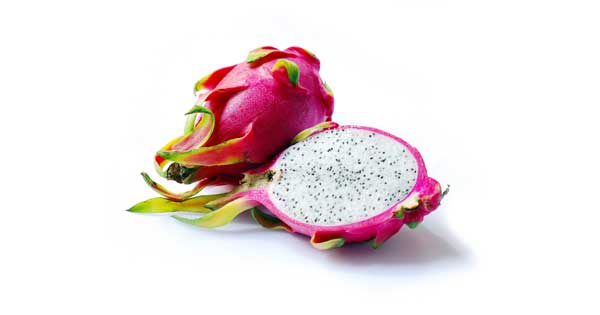
Jay Ruskey has had many crop failures, and he wants to share. The owner of Good Land Organics farm near Santa Barbara, California, Ruskey lacked a traditional farming background, so he wasn’t shy about planting exotic fruits thought impossible to grow in this country. His willingness to fail with unusual crops until he succeeds has yielded not only a bounty of unfamiliar fruits but also the only commercial coffee farm in the continental United States.
The goal is not to make the same mistake twice. “Each crop teaches me about the other,” he says. “Once the plant is in the ground, it’s about a high level of observation, both sensory and scientific.” His experiments led him to discover that coffee shrubs grow well when mixed among mature avocado trees; avocado farmers in the area are giving it a try. He offers farm tours explaining how to adapt his sustainable farming practices with new crops, and having nearly 100 kinds of fruiting plants—ranging from cherimoyas to dragon fruit (above)—means there is plenty to talk about. One successful strategy is to inoculate oaks with spores of the Périgord black truffle because the fungus thrives among the trees’ roots.
Ruskey recently partnered with Shanley Farms to form Diversatree Nursery, which guides farmers toward organic approaches for their crops. “Farming is like sailing a boat on a course,” Ruskey says. “Try to head in the general direction as fast as you can and expect to be making adjustments to the changes in the wind and the water.”

